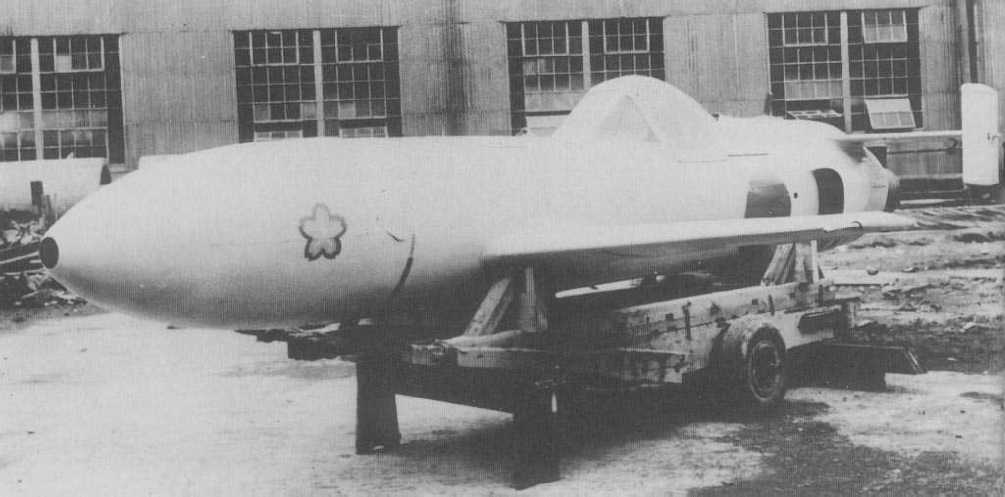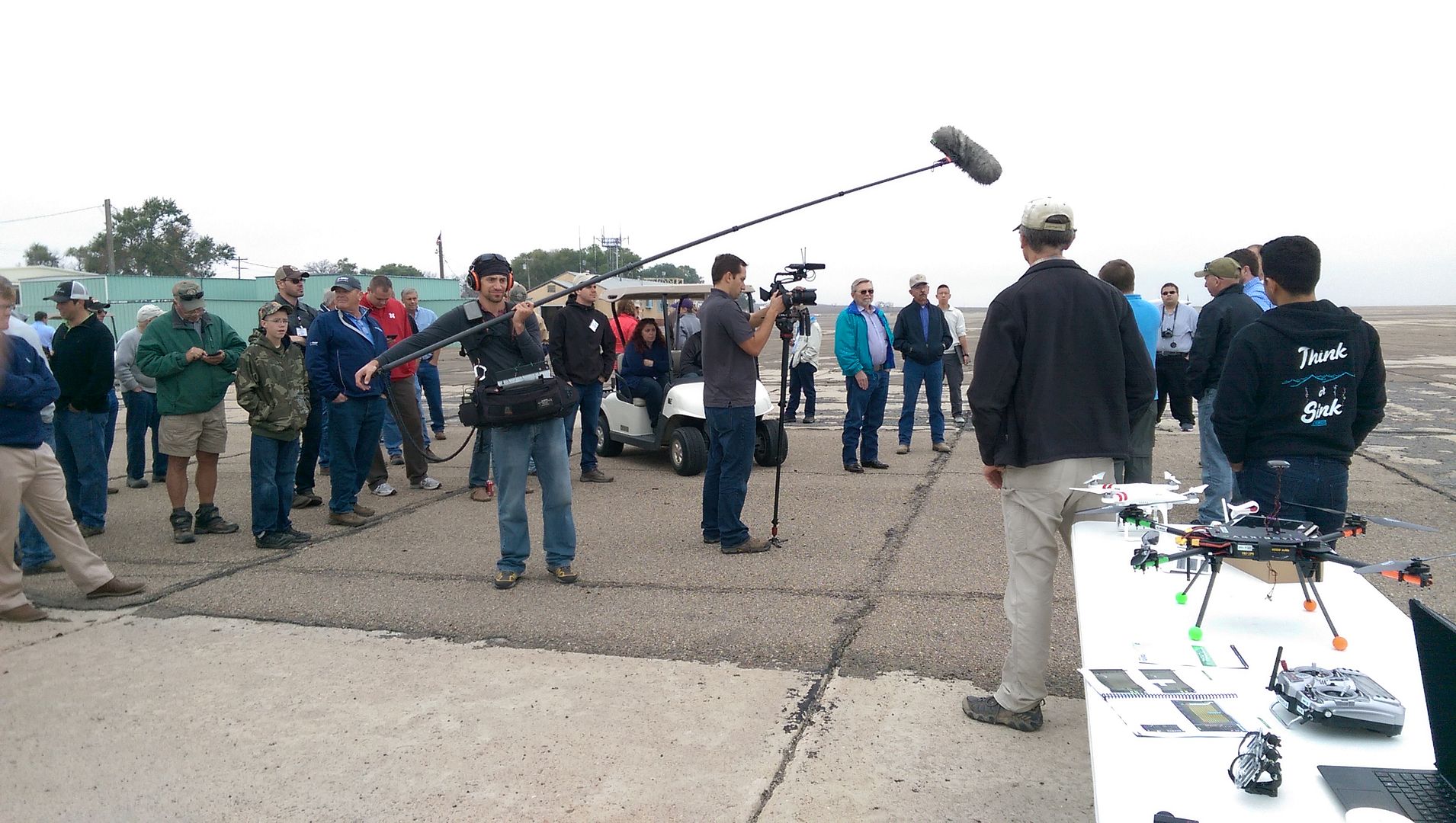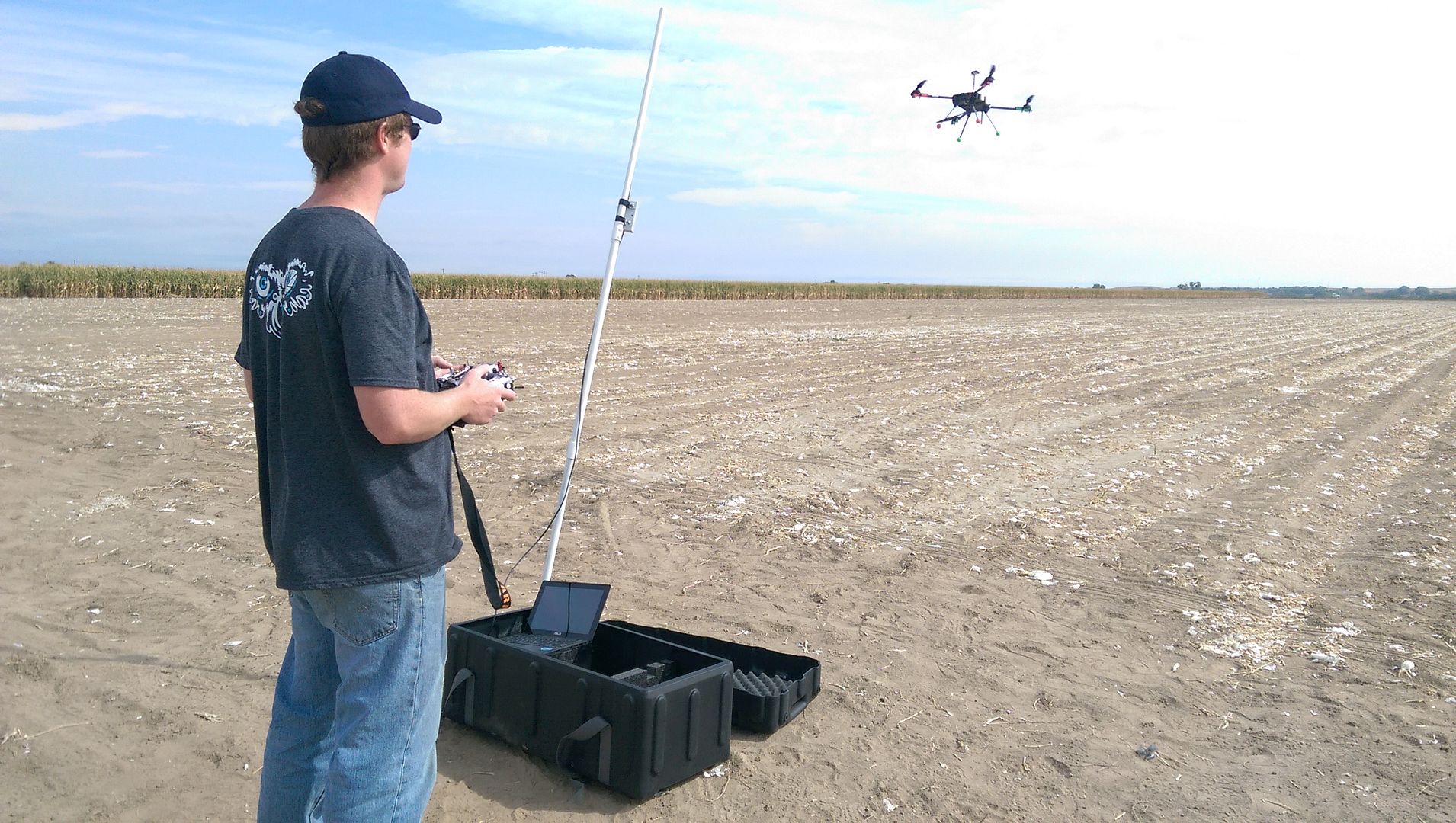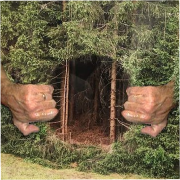|
I've looked and looked, but I can't find any sign that anyone built a single-engine jet airliner. Was there such a creature?
|
|
|
|

|
| # ? May 23, 2024 03:41 |
|
Cessna Caravan?
|
|
|
|
I don't think turboprops count.
|
|
|
|
Madurai posted:I've looked and looked, but I can't find any sign that anyone built a single-engine jet airliner. Was there such a creature? I think it's fair to say that there hasn't been one.
|
|
|
|

|
|
|
|
I knew I could count on you, AI.
|
|
|
|
Madurai posted:I knew I could count on you, AI. The kinda-sorta-completed SF50 is much easier on the eyes 
|
|
|
|
Tsuru posted:Not really an airliner as such, of course... but definitely the derpiest-looking of the single light jets and probably what a single-engined jet would look like if someone was crazy enough to build one. That looks like something you'd slap together in KSP's jet mode. I wholeheartedly approve. E: That air intake, for one, looks exactly like the radial air intake from KSP.
|
|
|
|
Madurai posted:I've looked and looked, but I can't find any sign that anyone built a single-engine jet airliner. Was there such a creature? One-way tickets only, but every flight is direct to the 
|
|
|
|
joat mon posted:Cessna Caravan? If you are talking about the pic from Iraq, yes.
|
|
|
|
For whatever reason the SF50 strikes me as the sort of thing that will have a terrible mishap rate.
|
|
|
|
Mortabis posted:For whatever reason the SF50 strikes me as the sort of thing that will have a terrible mishap rate. Well seeing as the Cirrus SR20/22 already had a reputation as the new doctor-killer, I tend to agree.
|
|
|
|
StandardVC10 posted:The engines considered for the Hawker Typhoon were the Rolls-Royce Vulture, an "X" block engine (so basically four inline sixes sharing a crankshaft) or the Napier Sabre, with an "H" block engine (basically two flat-twelves kinda chained together. Sleeve valves, too.) If anyone has more specific information, both of them sound totally loving bonkers. The Vulture had problems with rod bearing failures and would shoot pistons out the sides of the block. The Avro Manchester was powered by two Vultures and had an absolutely terrifying loss rate and had to be withdrawn from operations. They redesigned it to use four Merlins, becoming the Lancaster.
|
|
|
|
The Locator posted:One-way tickets only, but every flight is direct to the That's rocket-powered.
|
|
|
|
Enourmo posted:That's rocket-powered. Nope, that's a model 22. Look carefully at the back and you'll see intakes!
|
|
|
|
The Locator posted:Nope, that's a model 22. Look carefully at the back and you'll see intakes!
|
|
|
|
Enourmo posted:That's rocket-powered. Rockets are jets
|
|
|
|
buttcoinbrony posted:That looks like something you'd slap together in KSP's jet mode. I wholeheartedly approve. Looks like an He162 a bit
|
|
|
|
I recently took part in a first-of-its-kind test to see if low flying agricultural aircraft like cropdusters and helicopters can spot drones operating in the same area. The test was organized by the NAAA (National Agricultural Aviation Association), the CAAA (Colorado Agricultural Aviation Association), and the precision-ag company Agribotix under their joint campaign Think Before You Launch. There were also observers present from the FAA and the NTSB. The test consisted of a flight plan across agricultural land and around 5 specific fields and back to the origin airfield. Each manned aircraft flew the pattern with 30 minute separation. The manned aircraft flew to a holding point near each field, when cleared they left the holding point and started an orbit around the perimeter of the target field at 250ft AGL. This is a standard observation pattern that cropdusters make before spraying fields, to check for obstructions or workers. While doing their orbits of the target field the pilots report what they see. They reported a Tally-high or Tally-low if they spotted a drone, or No Joy if they didn't spot anything. A single drone was present in 2 of the 5 fields. The drones were programmed to fly an autonomous mission well within the field perimeter at 100ft AGL. On the ground were two drone operators, one of which was the PIC with a pilot's license. The drones were flown under a section 333 exemption. These quadcopters were providing "look-down" targets for the manned aircraft pilots to attempt to spot. Separation between the aircraft was maintained by the 150ft altitude separation, and by the geographical separation of having the drones only operate within designated field boundaries, while the manned aircraft remained outside those boundaries. Air-to-ground radios were also present at multiple points on the ground to coordinate with the pilots in real time. There were 5 manned aircraft that took part, four cropduster planes and one helicopter. The drones that took part were two Agribotix 700mm Enduro Quadcopters. Fixed wing drones of various sizes were planned to fly at 400ft AGL as "look-up" targets, but they didn't make it to the test. Also in the test were large ground markings consisting of high contract plastic tarps layed out on the ground with the letters "UAV" spelled out on them. Overall the test was a great success, it was conducted according to plan and pulled off without a hitch. Two of the five pilots were able to spot the drones with varying levels of effort, but the clear take-away from the test was that visual see and avoid of drones is extremely hard for manned aircraft flying low to the ground. I think everyone pretty much already knew that. The plastic "UAV" tarp on the ground was also a great success, with several of the pilots spotting it. The pilots reported that the orange color is actually pretty common on farms near drainage ditches, so other colors were recommended and will be tested in the future.     News Video Here: http://fox21news.com/2015/10/05/group-conducts-unmanned-aircraft-research-to-protect-plane-pilots/ Fox 21 News posted:LA JUNTA, Colo.– Drones and unmanned aircraft systems are becoming more and more popular, and they are also causing problems for pilots in low-flying planes.Now, the Colorado Agricultural Aviation Association is conducting experiments to come up with solutions. http://fox21news.com/2015/10/05/gro...campaign=buffer http://www.uasvision.com/2015/10/09/keeping-manned-and-unmanned-aircraft-safe/ quote:Crop dusters and drone operators have hesitated to share the same sky, but last week in the rural southeastern Colorado community of La Junta they did just that. There, participants in the annual Operation S.A.F.E. Fly-In of the Colorado Agricultural Aviation Association (CAAA) collaborated with UAS Colorado, to demonstrate how technology powered by AirMap can promote communication and coordination of flight operations in agricultural areas. The operation is a proof-of-concept that will be refined and rolled out across the country in the near future.
|
|
|
|
Vitamin J posted:I recently took part in a first-of-its-kind test to see if low flying agricultural aircraft like cropdusters and helicopters can spot drones operating in the same area. The test was organized by the NAAA (National Agricultural Aviation Association), the CAAA (Colorado Agricultural Aviation Association), and the precision-ag company Agribotix under their joint campaign Think Before You Launch. There were also observers present from the FAA and the NTSB. Good to see they're field testing. A good start to regulation would be a top and bottom red led anticollision strobe. 3 Watt would be fairly easy to spot even in daylight.
|
|
|
|
With my experience of trying to spot other gliders while flying I would not be feeling good about my chances with a drone. Flarm is pointing me to the direction of the long-winged white plane, and I can't see a thing.
|
|
|
|
Cherry picker crane views of a bunch of experimental aircraft getting moved off-base and into the new USAF Museum hangar. http://www.youtube.com/watch?v=SSIFfQXmXe8
|
|
|
|
Slo-Tek posted:Cherry picker crane views of a bunch of experimental aircraft getting moved off-base and into the new USAF Museum hangar. You know, I always forget that Tacit Blue ever existed. Shine on you crazy stealth whale plane.
|
|
|
|
The Air Power museum in Robins, GA just got a B-17.
|
|
|
|
Slo-Tek posted:Cherry picker crane views of a bunch of experimental aircraft getting moved off-base and into the new USAF Museum hangar. The YF-23 should have won
|
|
|
|
Information on the drone experiment is very fascinating. I hope it leads to improvements in their incorporation into the NAS. Presently ATC in my area is not receiving any of this information nor are we being consulted for input. My sole hope is that the resolution takes necessary precautions to avoid mid air collisions.
|
|
|
|
It'll be cool if drones end up not being super dangerous to aviation but also doesn't get some dumbass ban against anything other than an 8 oz copter without a pilot license.
|
|
|
|
Plinkey posted:The YF-23 should have won After seeing the Raptor live and in person this past summer doing its thing I'm glad how it turned out (besides the trying-to-kill-its-meat-computer thing) - but yeah, goddamn the YF-23 was just loving sexy. I wish they both could have won and the F-35 could have hosed off. edit: vvvv http://www.hiyoooo.com Duke Chin fucked around with this message at 02:35 on Oct 10, 2015 |
|
|
|
Duke Chin posted:I wish ... the F-35 could have hosed off. It is loving off. With all our tax moneys!
|
|
|
|
mlmp08 posted:It'll be cool if drones end up not being super dangerous to aviation but also doesn't get some dumbass ban against anything other than an 8 oz copter without a pilot license. The most effective solution to this problem I see to this is to mandate some sort of 'get the gently caress out of the way of that larger aircraft' code in every single drone and license drones based off of it. The obvious problem here is that it prevents backyard drone tinkerers from coming up with an idea and then testing it out in their big backyard. Is there a middle ground with a nice legal line in the sand I'm missing here?
|
|
|
|
 http://www.airliners.net/photo/Transaero-Airlines/Boeing-747-412/2713788/L/ http://www.airliners.net/photo/Transaero-Airlines/Boeing-747-412/2713788/L/  
|
|
|
|
buttcoinbrony posted:The most effective solution to this problem I see to this is to mandate some sort of 'get the gently caress out of the way of that larger aircraft' code in every single drone and license drones based off of it. The obvious problem here is that it prevents backyard drone tinkerers from coming up with an idea and then testing it out in their big backyard. Line of sight rules?
|
|
|
|
Ardeem posted:Line of sight rules? Line of sight rules sound awesome with a bunch of highly trained pilots. I was trying to think through a way to protect real aviation from JimBob with a drone he bought at a Radio Shack closing sale.
|
|
|
|
Maybe we could set up rules for different types of space in the air...different rules for areas where there's lots of traffic, or at different altitudes, or over landmarks, that kind of thing.
|
|
|
|
Linedance posted:Good to see they're field testing. A good start to regulation would be a top and bottom red led anticollision strobe. 3 Watt would be fairly easy to spot even in daylight. Saukkis posted:With my experience of trying to spot other gliders while flying I would not be feeling good about my chances with a drone. Flarm is pointing me to the direction of the long-winged white plane, and I can't see a thing. buttcoinbrony posted:The most effective solution to this problem I see to this is to mandate some sort of 'get the gently caress out of the way of that larger aircraft' code in every single drone and license drones based off of it. The obvious problem here is that it prevents backyard drone tinkerers from coming up with an idea and then testing it out in their big backyard. Secondly, a drone is considered an Aircraft by the FAA. This means that my 2lbs quadcopter has the same rights as any other aircraft. I didn't make up the rules but if I'm forced to follow them then that means that someone flying an ultra-light has to yield the right-of-way to my quadcopter. Godholio posted:Maybe we could set up rules for different types of space in the air...different rules for areas where there's lots of traffic, or at different altitudes, or over landmarks, that kind of thing.
|
|
|
|
quote:Aircraft #2 was never used for testing, and instead flown on 25 November 1957 to the National Museum of the United States Air Force near Dayton, Ohio. This aircraft had not been completed and none of the radio navigation systems had been fit. To fly it to the museum, Major Clyde Good intended to follow an F-100 being delivered the same day. After an en route refueling stop the two aircraft became separated, and Good was forced to follow roads to the St. Louis area when it turned dark and overcast. The aircraft was not equipped with cockpit or instrument lighting either, so Good periodically flicked his Zippo lighter to read the instruments. Guessing a heading he flew close enough to Dayton to be seen on radar at Wright-Patterson Air Force Base, and was talked down to the runway. It was then that Good discovered that the landing lights had not been installed either, but he was able to successfully land the plane while using the Zippo to light the airspeed indicator through the approach.[8] On the F107A "Maneater", from Wiki
|
|
|
|
Plinkey posted:The YF-23 should have won
|
|
|
|
Plinkey posted:The YF-23 should have won https://www.youtube.com/watch?v=PYLiMYGBE2Q
|
|
|
|
That was a good watch. So, how do we get the kickstarter going to put her into production?
|
|
|
|

|
| # ? May 23, 2024 03:41 |
|
Vitamin J posted:Ground markings and a technological solution like an app or transponders I think will be the only way to go.. The operators most at risk to a UAV collision are also the ones least likely to have an electrical system/transponder.
|
|
|











































